WSK Mikrus MR 300
In the 1950s, the Polish factory in Mielec produced car bodies. It was the right moment to start the production of small cars, because in the mid-50s of the last century such cars gained great popularity on the European market. They were built by many companies, mainly from Italy, Germany and France.
The factory considered the Italian small car ISO Isetta, which appeared in 1953. However, the Goggomobil T300 was chosen but the conditions set by the manufacturer of this vehicle (the West German company Hans Glas GmbH) were unacceptable.
The fascination with the little Goggomobile did not fade, and the factory decided to develop a similar model on its own. To this end, three T300s were purchased and sent to the factory in November 1956. Attempts were made to change even the engine and transmission design to avoid licensing restrictions. The new body was designed by Jerzy Wysocki.
Work on the technical documentation of the new vehicle was completed in March 1957. Due to its small external dimensions, it was called “Mikrus” and the designation “MR300” was added, which is an abbreviation of the names of the cities of Mielec and Rzeszów, and “300” is the cylinder capacity of the engine.
The “Mikrus” had a monocoque body made of sheet steel, with a rear-wheel drive chassis. The prototype was unveiled on July 22, 1957. The date was chosen for propaganda reasons, this day was one of the most important holidays in socialist Poland.
By the end of 1957, 20 Mikrus were produced, including two convertibles; by the middle of 1958, there were already 100 Mikrus, and by the end of July 1959 – 1000. Production plans were drawn up, according to which 44.5 thousand Mikrus would be produced in 1959-65.
The predictions did not come true because the Ministry of Heavy Industry ordered to stop their assembly as of October 1, 1959. Several reasons were given for this decision. One version was that it was an expensive car to produce, due to labor-intensive manufacturing methods and a small number of cars for sale. Another version is Hans Glas’ request for licensing rights, and another was closely related to our political situation.
At first it was assumed that the retail price of the Mikrus would be only 25-30% higher than that of a motorcycle with a sidecar. In practice, however, the production costs of a microcar turned out to be very high, and the retail price reached 50,000 zlotys – about 50 average salaries at that time.
At the same time, the car could accommodate only two people (and even then without much comfort) – the rear seats were childish at best, and the car’s dynamics were low even by the standards of those years. Moreover, like all microcars with a motorcycle engine, the design of the Mikrus left much to be desired in terms of reliability and durability.
The people of Mielcz tried to convince the decision-makers of the need to produce the Mikrus. In November 1959, they even developed a box body version of a pickup truck and hoped for success. Unfortunately, production was discontinued in 1960. It is estimated that 1,728 Mikrus MR300 left the gates of the Mielec plant.
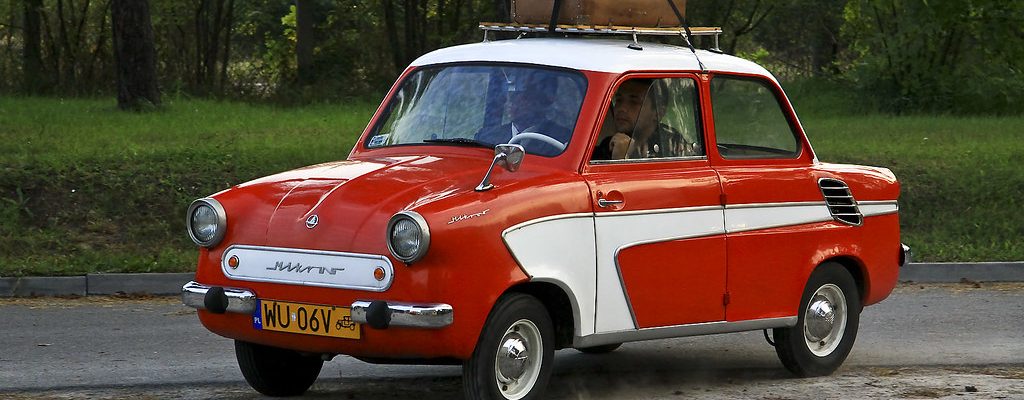
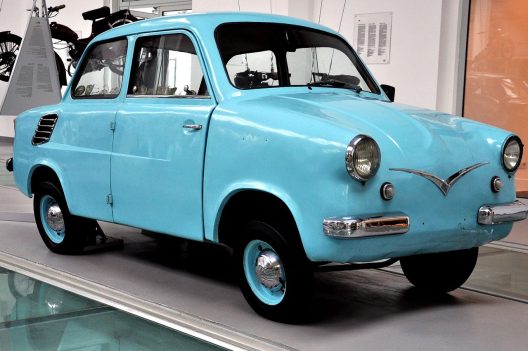
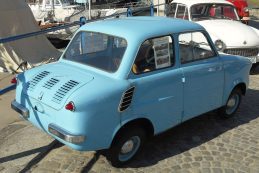
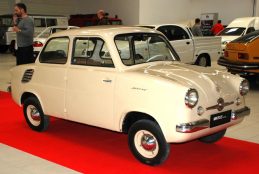
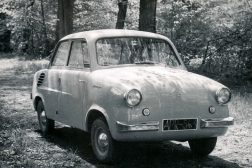
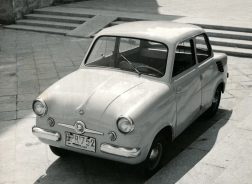
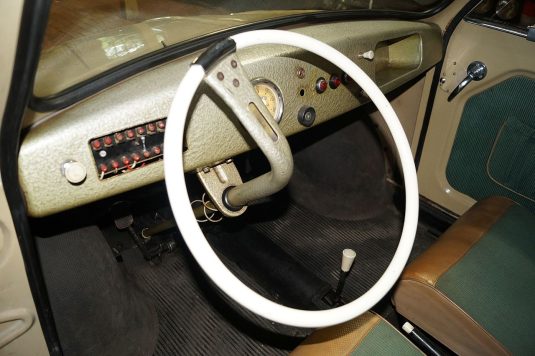
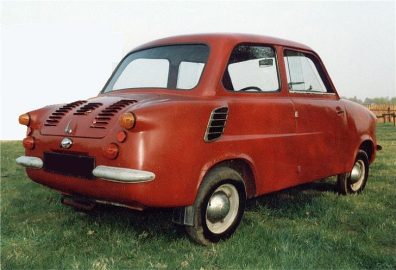
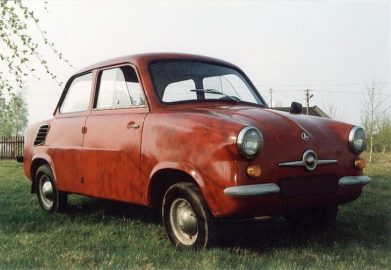
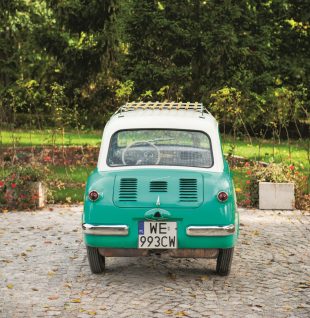
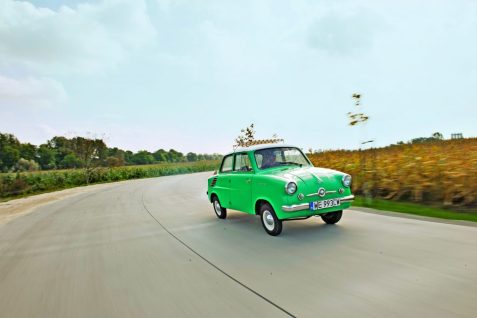
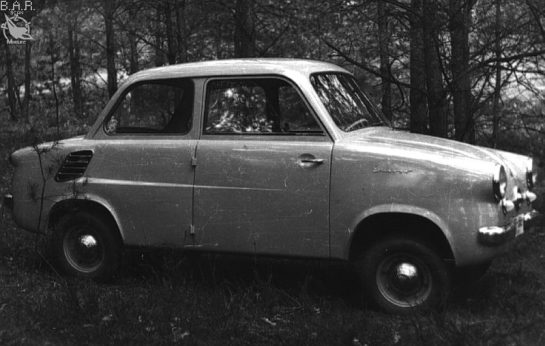
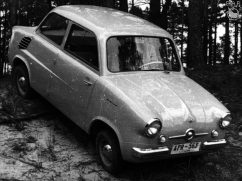

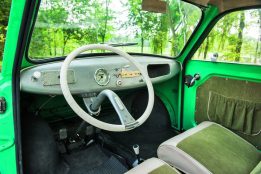
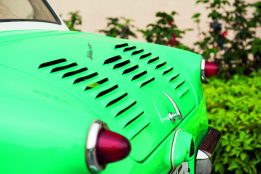

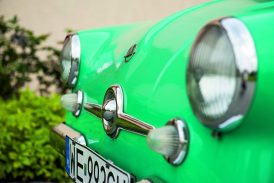
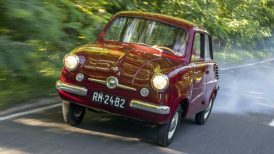
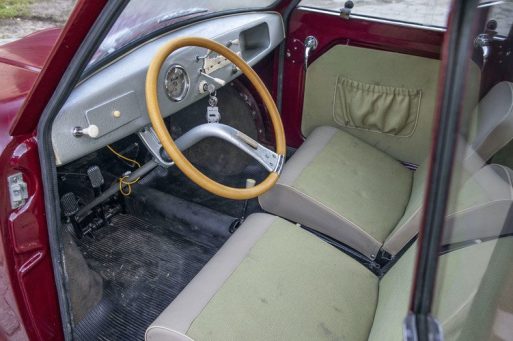
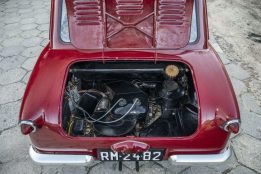
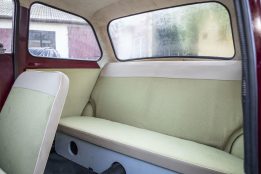
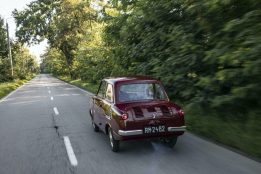
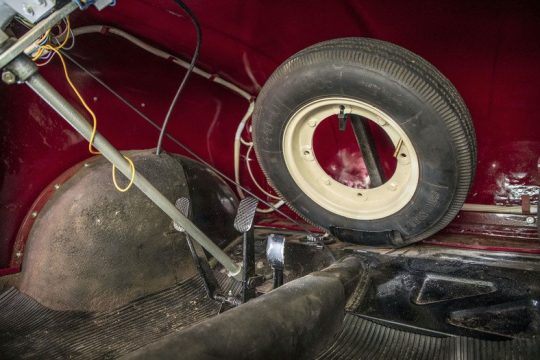
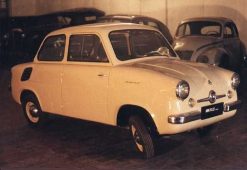

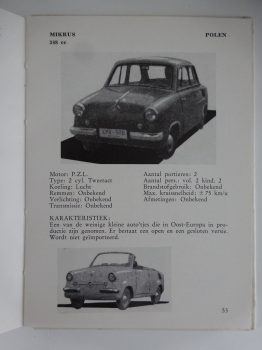
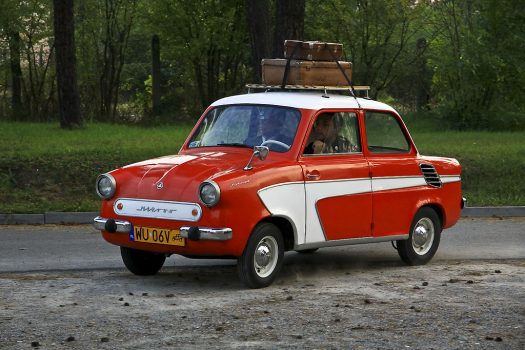
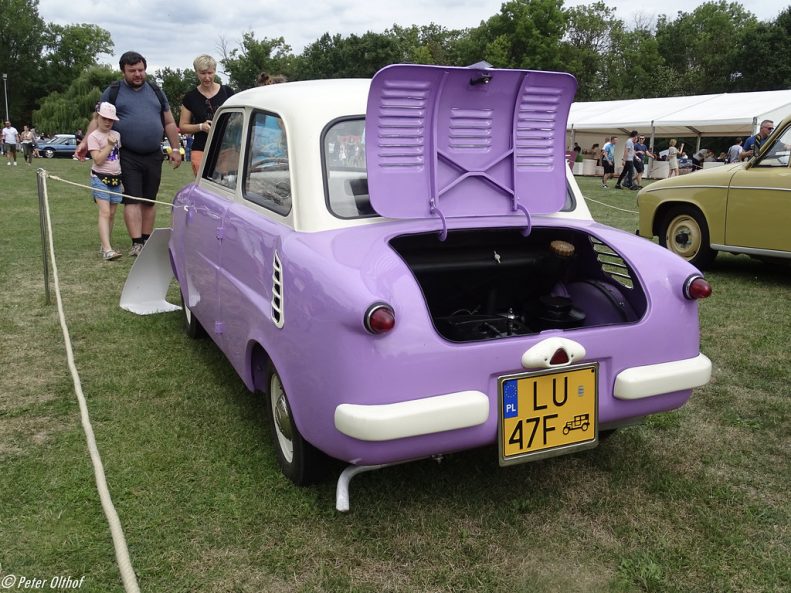
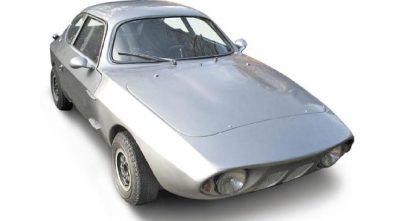
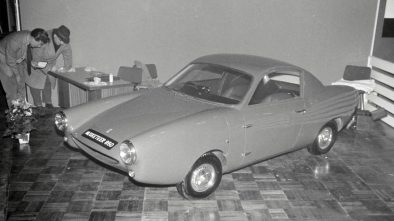
[…] with the creation of the Mikrus MR 300 microcar in 1957, an alternative body was developed for it, which was mounted on the Mikrus […]